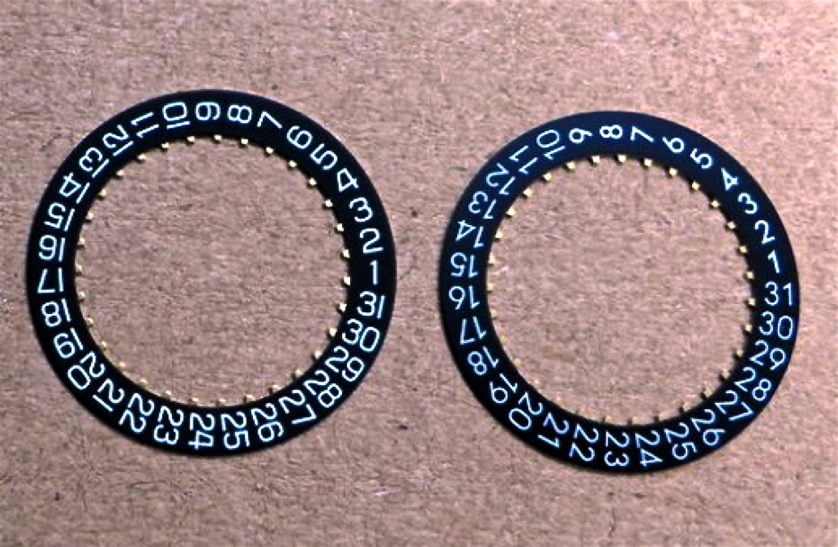Is there a rash of SMP failures out there I’m not aware of?
obviously the D is preferred and carries a premium, I’m just saying is the C that scary to own?
The bottom line is that the 2-level co-axial escapements are a fundamentally flawed design. When I did the co-axial training at Omega, it was acknowledged and they were struggling with ways to mitigate what became known as "the stopping problem" on various forums. This is where many of these watches would simply stop running, well before the warranty was even up (2 years at that time) and certainly well before what would be considered a normal service interval.
It wasn't every watch, but the numbers back in the day were significant enough that we spent a lot of time covering this topic at the training.
The problem has been covered in a lot of detail many times in many places by me and others, but in a nutshell the shape of the teeth on the intermediate co-axial wheel and the co-axial wheel were a compromise that made them have two functions, and this was done to the make the movement as thin as possible. The action of these teeth created a black sticky residue, that would gum up the escapement and cause it to stop - here's one example:

Here's a photo I took
at the Omega training that shows the residue on the intermediate escape wheel displayed on a screen from a camera in a microscope they used for training:

Omega tried many things to solve this problem, and most of those things didn't work. In the end they even made a new intermediate escape wheel for the 2500C's only that had a different finish, and implemented new epilame and lubrication regimes. They didn't make new intermediate escape wheels for the 2500 A or B, because in the end the new epilame and lubrication were enough to make the problem go away to an extent that most owners would get pretty much a normal service interval out of the watch. But the build up doesn't go away.
The real solution is going back to the original design, which is the 3-level co-axial escapement. I'm sure there are plenty of people who will pipe in and say that they never had issues with their 2-level co-axials, but I can tell you that virtually every one I serviced had some of this residue building up on the teeth, so it was a matter of whether you had something else creep up before this issue did or not, whether you were affected by it.
There's a reason why none of Omega's current line up use the 2-level design. I suspect the reason they developed the kit to convert the 3313's was because they are simply much more labour intensive to service under warranty, so it was worth it to convert these, where it likely isn't with the 2500's.
"Scary" is not usually a term I use when it comes to watch ownership, but there's no question the 3-level designs are more reliable.
Cheers, Al




